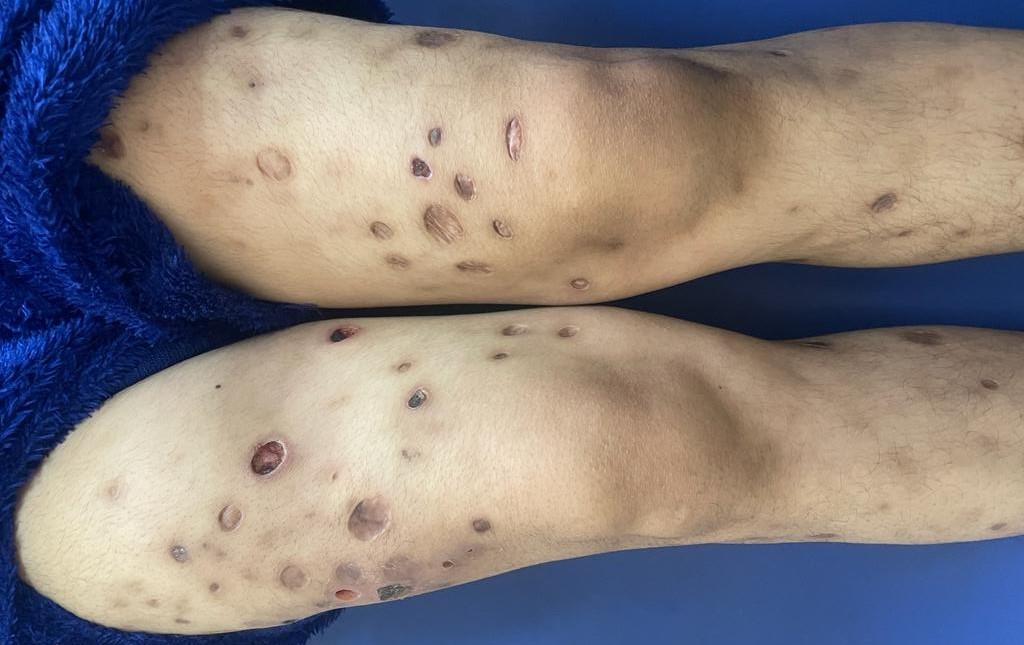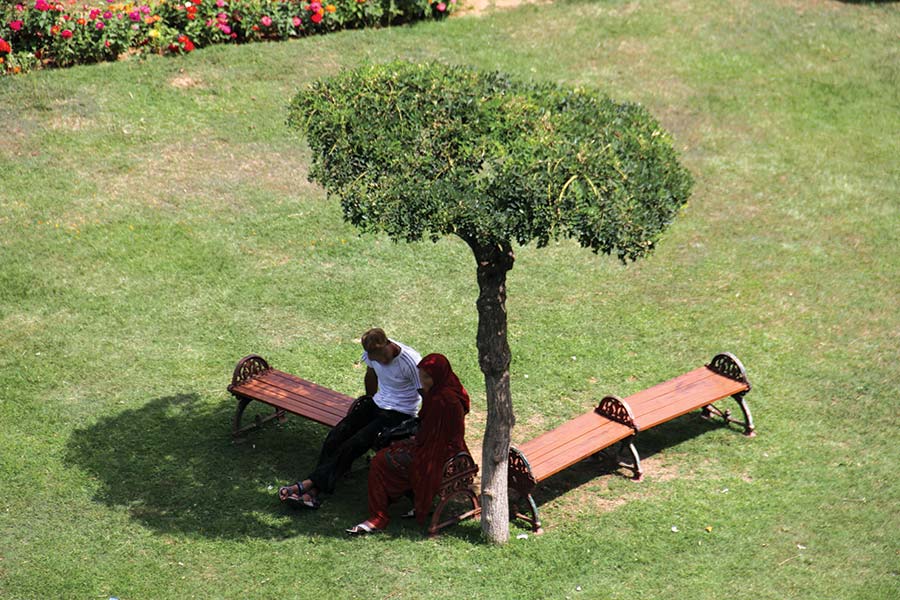by Khalid Bashir Gura
SRINAGAR: At a time when substance abuse is on the rise in Kashmir, a dermatologist serving the SKIMS Medical College, Dr Aaqib Aslam Shah led his team to study how the abuse affects the skin of an addict. The study continued for 18 months from November 2018 to April 2020. The study revealed interesting facts about the impact that’s visible on the skin.

Researchers include Shagufta Rather, Arshad Hussain, Faizan Younus, Najam U Saqib, and Iffat Hassan. Around 710 patients – 657 males and 53 females, were part of the study and these included men and women. Heroin, one of the opioids, was the most common substance used by the patients covered by the study, followed by cannabis. The study Prevalence and Pattern of Dermatological Manifestations Among Substance Users Across Kashmir Valley in North India was published in the Indian Dermatology Online Journal.
Aaqib said there is a role of dermatology in drug rehabilitation as it will lead to early detection and treatment. Go through the brief excerpts from his interview:
Kashmir Life (KL): How can skin be a sign that someone is a substance abuser?
Dr Aaqib Aslam Shah: There are a few tell-tale skin signs of substance abuse which can give a doctor or a family member an idea about current or recent abuse in the past. This is especially relevant to IV abuse. Some signs include sooting tattoos, IV track marks, and skin-popping scars to name a few. Similarly, there are a few signs of the oral cavity as well in case of inhalations. In these cases, they start from oral smoking and then veins of forearms, arms, legs, abdomen, and even neck. After exhausting their veins, they resort to injecting skin, and muscles, resulting in atrophic scars.
KL: Can you narrate a couple of case studies and how serious is it?
Dr Aaqib Aslam Shah: A few cases have been severe, especially with skin ulcers and popping. I remember one where the need for amputation of the affected arm due to sepsis was the last resort. I have seen a girl who could not get married due to scars and we have treated her with lasers and she is much better now. Also, many of them have Hepatitis B, C in particular due to needle sharing.
KL: Given the rise of substance abusers in Kashmir over the past few years, what kind of dermatological manifestations are among users in Kashmir?
Dr Aaqib Aslam Shah: Regarding dermatological manifestations among substance users in Kashmir, we have done a study at GMC Srinagar by the Department of Dermatology in collaboration with the Drug Deaddiction Centre IMHANS GMC Srinagar and De-addiction Centre Police Control Room where we found the common dermatological manifestations among these patients. Mainly found and significant include Pruritus, Stained fingers, Stigmata of IDU which includes track marks, Sooting Tattoos, Atrophic scars of Popping, and Skin ulcers to name a few. It’s a full-fledged paper published by IDOJ and freely available online and a must for awareness regarding the same.
KL: Apart from diagnosis and treatment, what is the role of dermatology in drug rehabilitation and how does it lead to early detection and treatment?
Dr Aaqib Aslam Shah: Dermatological manifestations are quite prevalent in such cases and their recognition is important for early diagnosis and better treatment. Also, awareness regarding the same would help in recognition and rehabilitation. In rehabilitation, these evident scars and ulcers which could be life-threatening at times could be treated with proper consultations and timely treatment by dermatologists showing their role in curbing this menace in society.















